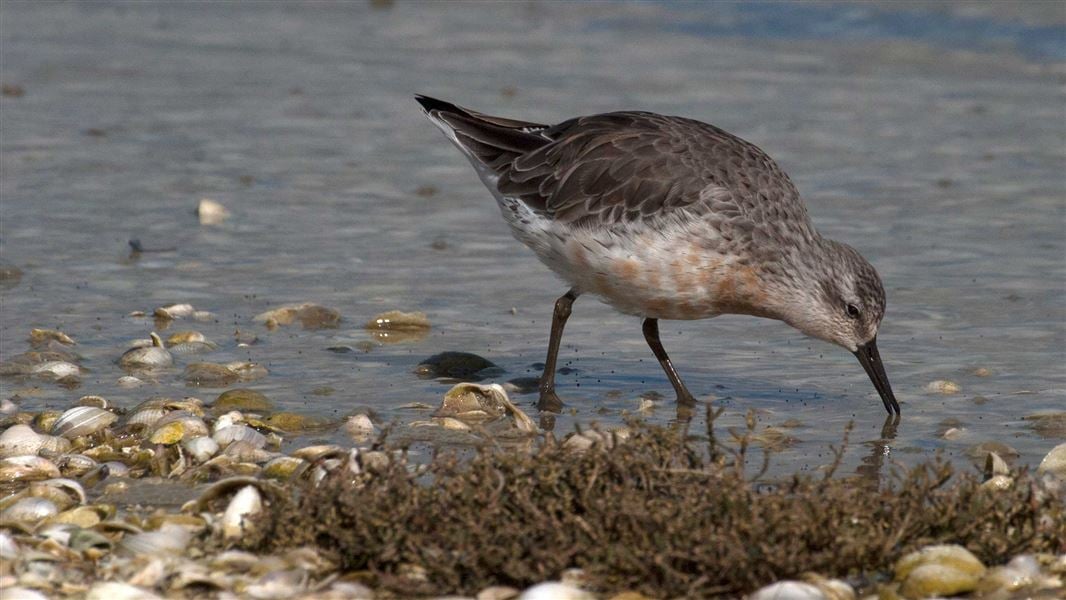
Archived content: This media release was accurate on the date of publication.
Introduction
A toxic blue green algal bloom is now thought to be the cause of sickness and even death of birds in the Firth of Thames.Date: 14 February 2020
Sick red knots – a migratory shorebird species of international significance - have been discovered in the Firth of Thames in recent days, leading to a DOC and stakeholder organisation response.
Mailee Stanbury, a Senior Biodiversity Ranger, says although initial indications were the sick and dying birds had succumbed to botulism, it was now thought an algal bloom in the Firth was the cause.
It appeared the birds had ingested some sort of toxin.
“We’ve arranged for several birds and samples to be sent to the New Zealand Centre for Conservation Medicine for testing,” she says.
“Although avian botulism and algal bloom poisoning can present similar symptoms in the birds, what we’re seeing in these birds suggests it’s the latter. We hope to have a clearer indication of the cause next week when post-mortem results are available.”
Members of the public who encounter ill or dead birds on the shores of the Firth are urged to:
- call 0800 DOC HOT (0800 362 468) to report what they have seen
- wear rubber gloves if they choose to bury dead birds, and ensure the animals are buried at a depth four times the specimens’ width
- if possible, take a photograph of any dead red knot, godwit and wrybill birds and email details of locations to thames@doc.govt.nz.
The red knot is a New Zealand native species considered nationally vulnerable. They are about the same size as a common blackbird, and migrate from eastern Russia to New Zealand annually. The birds’ natural habitat is tidal mudflats.
Contact
For media enquiries contact:
Email: media@doc.govt.nz